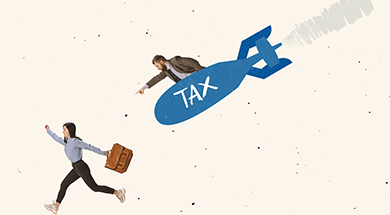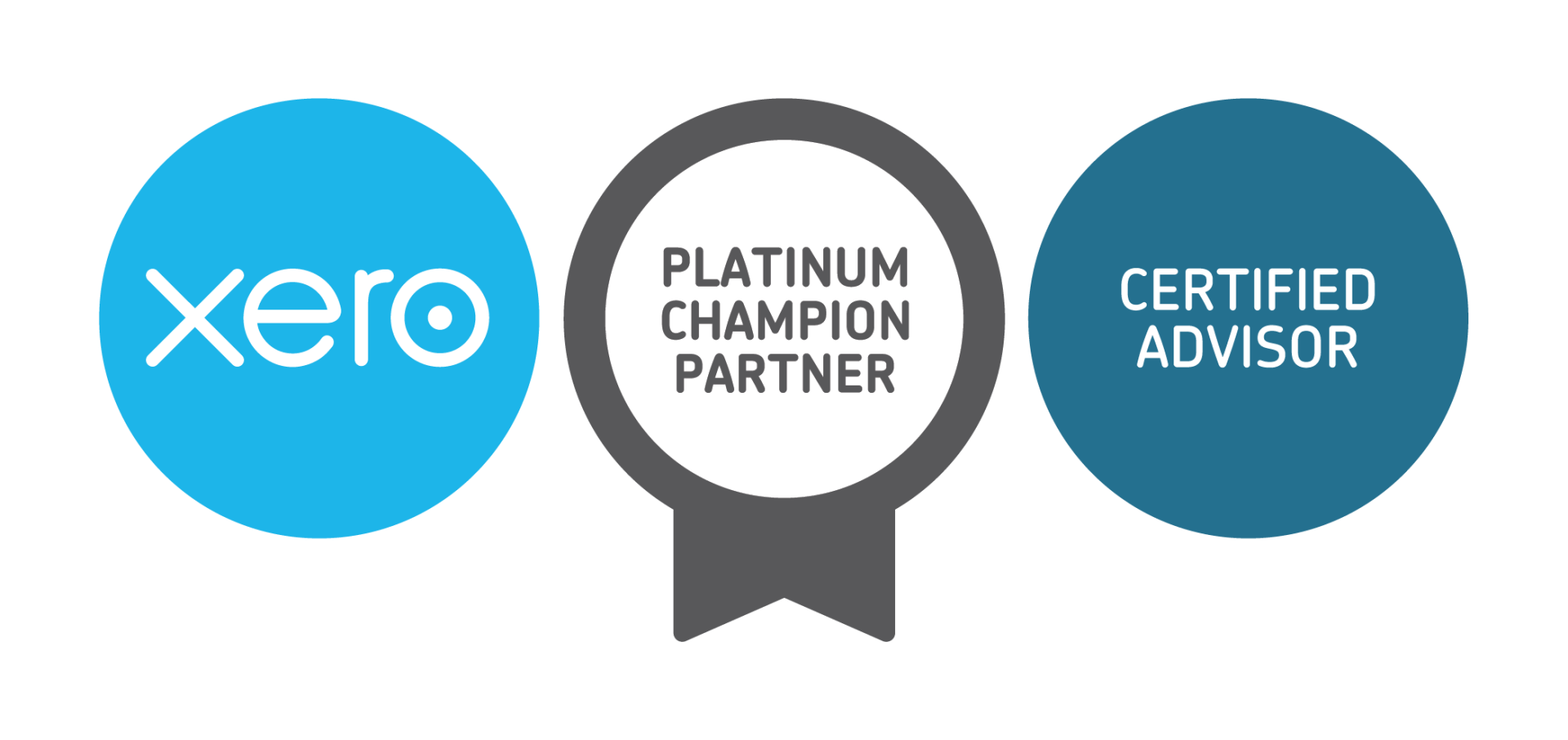Defining a Profit and Loss Statement
Before you can read a profit & loss statement, you have to first understand what it is.
A profit and loss statement is key to determining your business's taxes. It helps to determine your business's tax liability, and a simple mistake can end up costing you thousands.
The first thing you have to understand is that this document comes in three main parts. They include:
• Sales, Income or Revenue
- All of the money your business made for the year
• Costs or Expenses
- What you paid for your business to be able to make revenue
• Profit or Net Income
- Total income less total expenses.
Breaking Down the Profit and Loss Statement Terms
 Now that you know what a profit and loss statement is and the three main categories you'll see, we'll break down the terms to give you a thorough understanding.
Now that you know what a profit and loss statement is and the three main categories you'll see, we'll break down the terms to give you a thorough understanding.
1. Sales, Income or Revenue
- Every sale your business makes during a calendar year
- All other payments your business gets throughout the year. This could be a Government Grant or rebate or an insurance recovery.
2. Expenses or Costs
- COGS, Direct Cost or Cost of Goods Sold – This includes the costs to produce the goods that you are selling ie the cost of materials. So, if you sell a shirt for $50 and you bought it for $10, the COGS would be the $10, and you make a $40 profit.
- Depreciation - When you buy items like computer equipment, vehicles and machinery for your business, their value will go down over time. You pay for these items upfront, but each year you own the asset and it loses value, you can count it as a business loss at tax time.
- OPEX or Operational Expenditures - Operational expenditures is the cost you pay to run your business on a day to day basis. It can include things like salaries for your employees, maintenance expenses, insurance costs, telephone and Internet costs and much more.
 3. Profit
3. Profit
- The final line of your profit and loss statement is your profit line. Basically, your profit is any money your business makes minus the expenses. So, if your business turns over $900,000 annually, and your expenses are $400,000, your total profit would be $500,000. There are a few types of profit your business can have, and they include:
Key Drivers To Monitor On A Profit and Loss Statement
You should have a good idea on the different categories and terms that are common on a profit and loss statement. Key drivers or points of information to keep an eye on are:
- COGS Increase - If your COGS jump, take a look at your suppliers. Is it just them increasing their prices, or is it an industry-wide phenomenon?
- Declining Profit Margins and Increasing Sales - If you sell more, you should make more. If not, something isn't right. Have your costs gone up or have you expanded your business too quickly? Maybe your vendors increased their prices.
- Overheads Creeping Up - Keep an eye on your utility costs, rent and salary costs. Ideally, you should shop around periodically and consider switching if you find things cheaper elsewhere.
- Stagnant Sale Numbers - Are your sales dropping? Maybe you need to consider a new product or service. Look for opportunities to grow your business and increase your sales.
| "From white goods rentals to share trading and onto caravan park broking - the team at Murray Nankivell were with us all the way. In 2011 we purchased the Millmerran Village Caravan Park - our last "crack" before retirement. Through some excellent advice from John Burgess (and Deb McGrice of course) our park has surged ahead and become a wonderful business. Thank you Murray Nankivell - for 38 years we have been heeding your advice - why go anywhere else." ~ Tony & Dawn Smith, Millmerran Village Caravan Park |
About Murray Nankivell
Our aim is to help you reach your full financial potential. We have three main offices - Naracoorte, Bordertown and Murray Bridge – as well as 11 visiting offices in Meningie, Coonalpyn, Tintinara, Lameroo, Keith, Millicent, Robe, Penola, Kingston, Nhill and Kaniva. We also visit all areas in between on appointment. We have been helping our clients grow their business, minimise tax and improve their bottom line for almost 80 years.
Our goal is to be our clients' most valued Adviser. To achieve this we are innovative and supportive in our relationship with clients. We have a personal approach where we can get to know you and your business. Our clients know that they can rely on us and that we will work with them toward their success. For more information about Murray Nankivell please contact us.

LEGAL
Liability limited by a scheme approved under Professional Standards Legislation.
Investngro Pty Ltd ABN 53 113 102 695 trading as Murray Nankivell Financial Planning, is an authorised representative of Count Financial Limited ABN 19 001 974 625 holder of Australian financial services licence number 227232 (“Count”). Count is owned by Count Limited ABN 111 26 990 832 of GPO Box 1453, Sydney NSW 2001. Count Limited is listed on the Australian Stock Exchange. Any taxation and accounting services are provided by Murray Nankivell and are not within the authority Count. The information on this web site is not financial product advice and is provided for information only.






